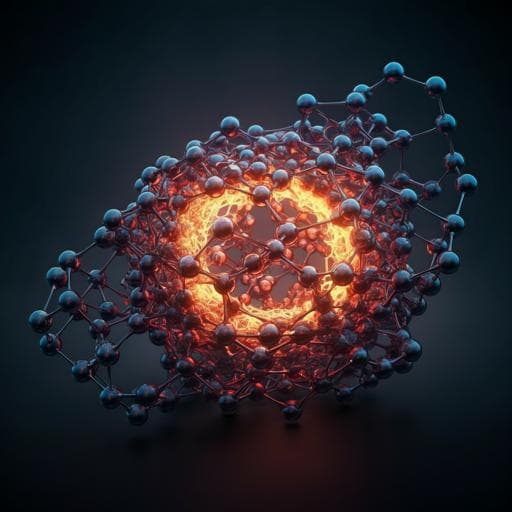
Physics
Superstrength permanent magnets with iron-based superconductors by data- and researcher-driven process design
A. Yamamoto, S. Tokuta, et al.
This groundbreaking research by Akiyasu Yamamoto and colleagues reveals how machine learning can optimize the microstructures of iron-based high-temperature superconductors, resulting in the creation of a Ba0.6K0.4Fe2As2 permanent magnet with a magnetic field strength 2.7 times greater than prior models. Discover how this innovation paves the way for superstrength quasipermanent magnets and advances in superconductivity!
~3 min • Beginner • English
Related Publications
Explore these studies to deepen your understanding of the subject.







